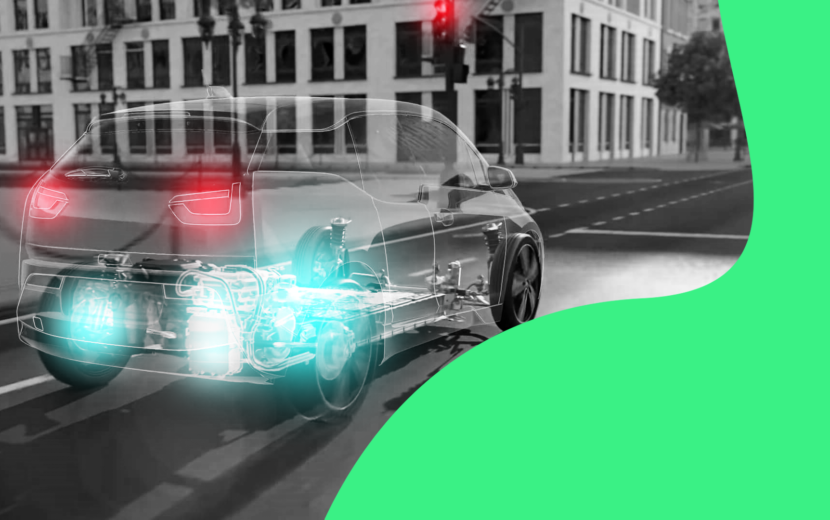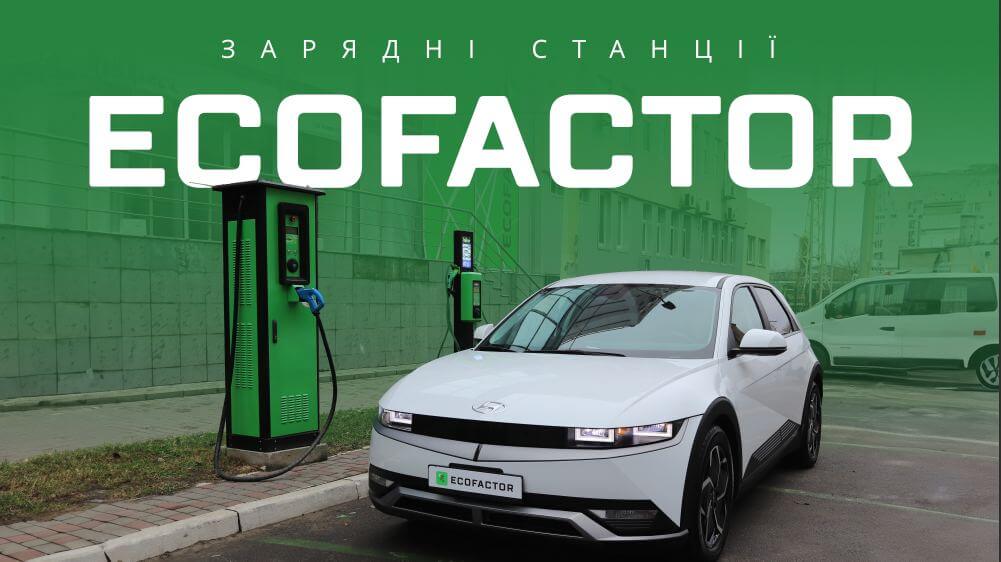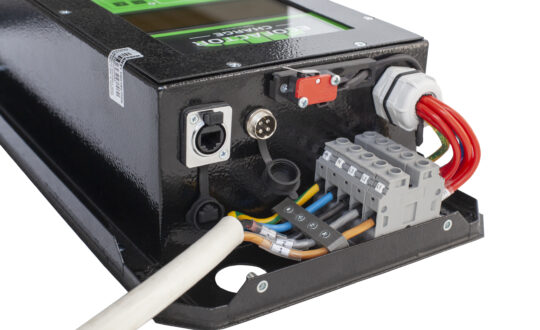
Regenerative braking in electric vehicles - in simple terms
Recuperation is translated from English as the restoration or return of energy. Accordingly, the recuperation system in electric vehicles is needed to charge the battery during braking. Here's how it works: when the driver releases the accelerator, the engine automatically switches to generator mode and returns all the energy generated during braking to the battery. On a gentle slope, [...]
Content:
Recuperation is translated from English as the restoration or return of energy. Accordingly, the recuperation system in electric vehicles is needed to charge the battery during braking. Here's how it works: when the driver releases the accelerator pedal, the engine automatically switches to generator mode and returns all the energy generated during braking to the battery. On a gentle slope with a distance of up to 2 km, this gives + 2-3 km of battery range. This system also protects the brake pads from wear and tear and maintains the battery charge.
In order to accumulate energy for new kilometres every day, you need to understand how the recovery system works and understand the conditions under which it will be effective.
How it works
To explain what regenerative braking is, let's go into a little bit of physics. Let's start with the definition of kinetic energy.
Any moving object has kinetic energy. It is calculated using a formula that involves two quantities: the mass of the object and the speed at which it moves. When a car is moving, kinetic energy is generated, and when it brakes, this energy is converted into heat and dissipated. In other words, it simply goes nowhere and erases the brake pads.
Regenerative braking does the following:
- the traction motor of the electric vehicle is disconnected from the battery and starts to operate in generator mode, generating energy on its own;
- the car gradually slows down, and the kinetic energy it has accumulated is converted into electrical energy and returned to the battery, increasing its charge level.
During regenerative braking, the driver does not need to apply the brake pedal. All he has to do is release the accelerator until he needs to add speed again. And the brakes only need to be applied when you need to come to a complete stop or during an emergency stop.
When the regenerative movement mode is effective
During regenerative braking, around 70% of kinetic energy is saved. The remaining 30% is lost when the energy is captured and converted into a charge for the battery.
The number of accumulated battery percentages depends on the weight of the electric vehicle and its speed. The heavier the car and the faster it is driven, the more kinetic energy will be converted into electrical energy.
When regenerative braking is effective:
- outside the city, where the car can accelerate well;
- when going downhill and braking at high speed.
In the city, recuperation can also be useful, especially if you choose an intensive mode (there are two of them: standard and low) and store energy on descents. For example, a Nissan Leaf adds 2-3 km to its range on a steep descent down Olena Teliha Street in Kyiv, and 1 km to its range on small descents at bridge junctions.
Also, the recuperation mode is effective in urban environments where there is a lot of start-stop traffic.
Thanks to the energy recovery system, the brakes of electric vehicles wear out very slowly. You can often find Nissan Leaf models with a mileage of 100-120 thousand km, which still have the factory brake pads.
At the same time, due to the fact that the brakes are practically not used, the pads in the caliper acidify, so they need to be periodically cleaned and lubricated. This is especially true if you are buying a used car.
When recovery is inefficient or unavailable
Driving on the highway without descents and, consequently, without switching to regeneration. However, even in this case, you can add about 3% to increase the range of the electric vehicle. On such terrain, it is worth using cruise control or autopilot. And, for example, the combination of Eco and intensive recovery modes makes driving very economical: it ensures a smooth ride and, if possible, replenishes the battery capacity by 1-3 km.
Low battery temperature. Before the battery warms up, the vehicle will limit the maximum recovery power.
Battery charged to 100%. If the battery is charged above 90%, the electric vehicle limits the available regeneration power until the charge drops to favourable levels. And if the charge is 100%, the regeneration will not work at all.
Conclusion.
Electric motor recuperation is a feature that is available not only on electric vehicles but also on other electric transport, from unicycles to electric trains. This system helps to return kinetic energy to the 70% and convert it into a real charge for the battery. It also allows you to ride with one pedal and use standard brakes only in case of a complete stop or emergency braking.
Regenerative braking is most effective on downhill gradients and in the city, where you constantly need to brake in traffic and at traffic lights.






